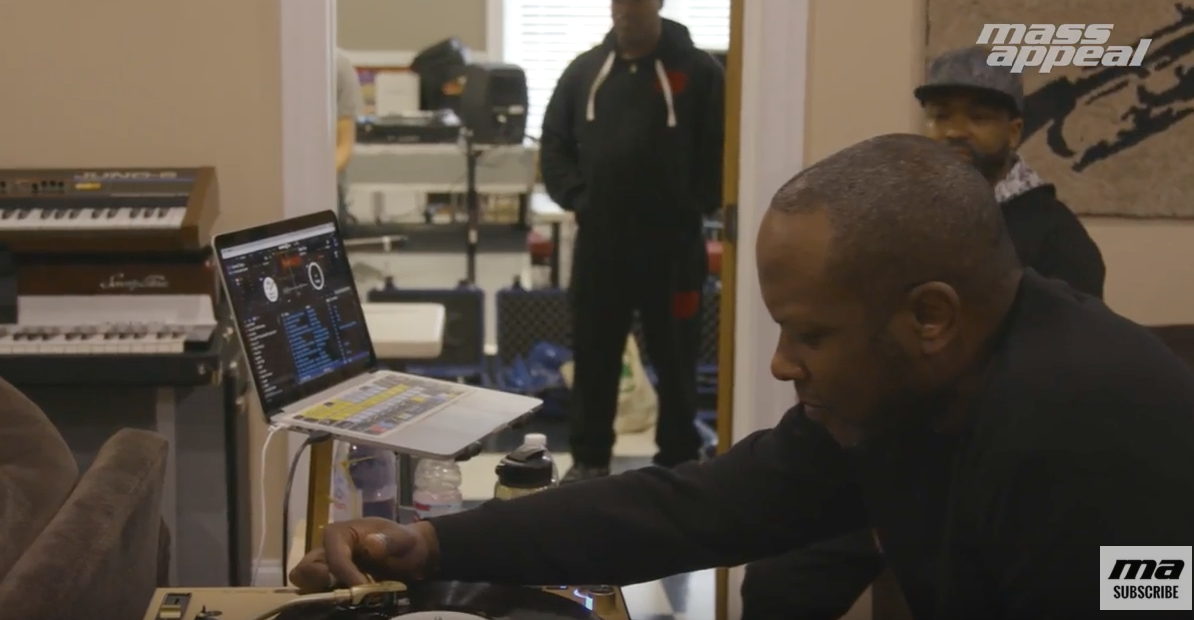“At right around the 1:32 mark of the latest episode of MASS APPEAL’s “Rhythm Roulette,” featuring the magnificent DJ Jazzy Jeff, you can see the legendary artist and actor pensively place his chin in his hands as he carefully listens to one of the three records he dug out of the crates at random, figuring out which portion of it he’ll use just minutes later as he crafts his instrumental. At that moment, it becomes clear that this isn’t just a bit of press for Jazz. This is life. The act of making music is home for him, as he alluded during the introduction of the segment.
So much so, that the records were brought to him. Jazz, who regularly tours internationally, didn’t have time to hit the record store after returning home from a recent trip, so his friend and vinyl enthusiast Gene Brown brought the crate digging to Jazz in the back of a van. And dig he did. After the DJ swiped off the traditional blindfold, Gene revealed that Jazz had come up with Back for More by Al Johnson—“classic”—Say No More by rock act Les Dudek, and the 1973 self-titled album by funk act Reuben Howell.
“You know what that is?” exclaims Jazzy as he listens to one of the records, turning around to check for incredulous looks on the faces of his comrades. “That’s scratching! That’s scratching with someone singing on it! That’s why I was tripping!” Despite being at the forefront of DJ culture for the last 30 years, he still gets giddy when he hears it being done right.
What happens next is part of the reason why Jazzy won rap one its first Grammy. Enjoy the latest episode of “Rhythm Roulette” above.
Jazz got the chance to work with a brand new Serato software plug-in called Sample that integrates with Serato’s O.G. production software, Pitch ‘n Time. As the name suggests, Sample allows users to chop samples and manipulate them freely. BPMs can be adjusted to the utmost extreme without any loss of audio quality. A highly intuitive interface allowed Jazz to quickly find, chop, key-shift, and time-stretch samples.”







